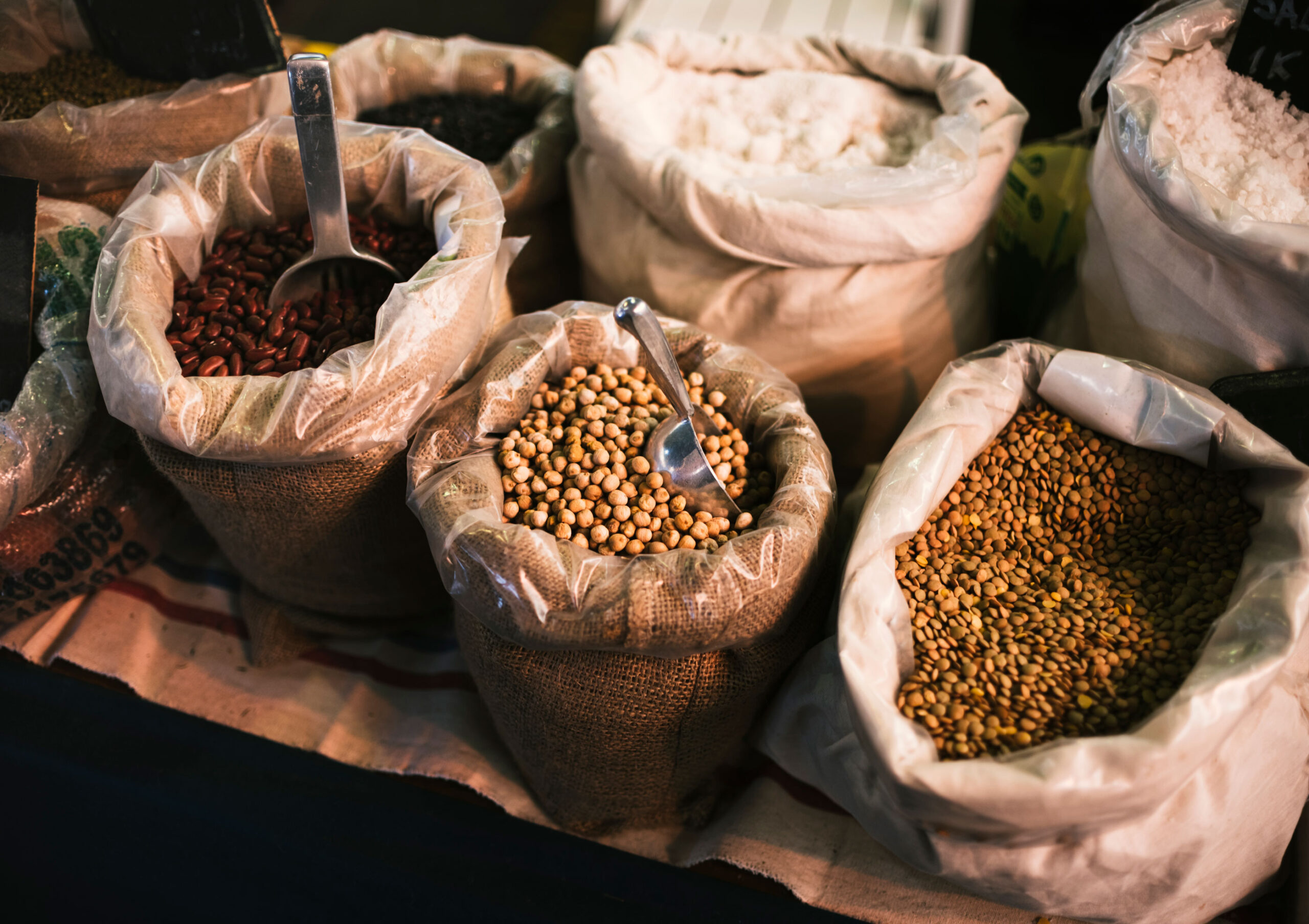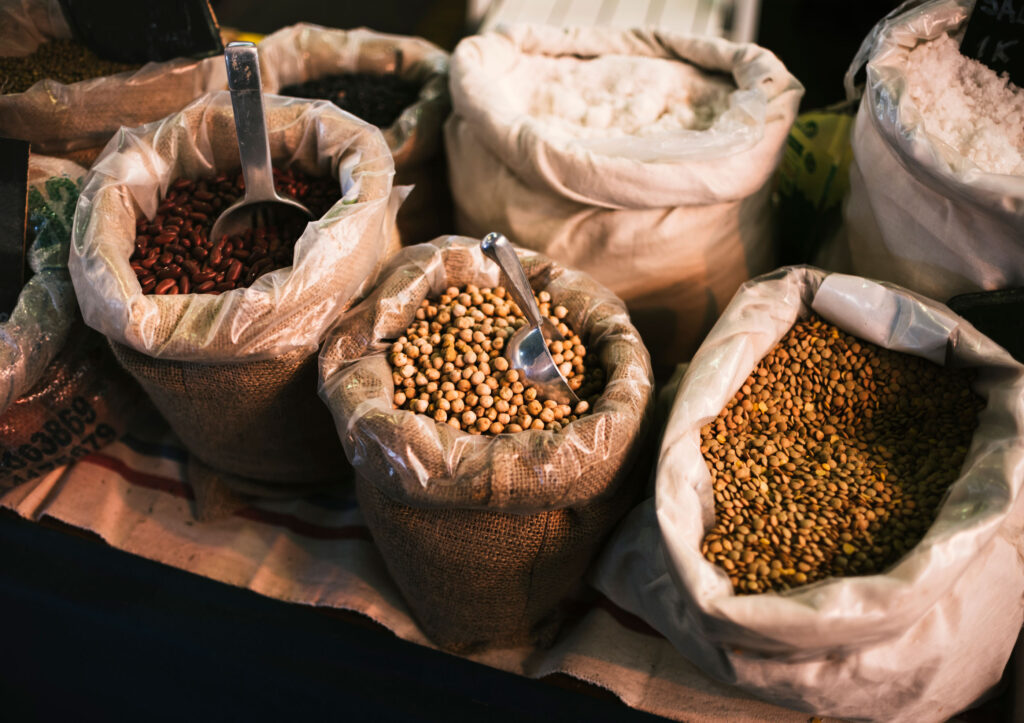
Image: Adobe Stock
The supply of grains globally affects prices locally and, consequently, the production costs of animal proteins, especially those animals that consume feed essentially composed of corn and soybean meal. Silvia Bampi, who is a Risk Management consultant at StoneX, explained the need to pay attention to the global production and supply scenario, in addition to price composition, during the 4th Conbrasul Ovos.
Thinking about the corn and soybean meal scenario, and also that Brazil plays a significant role in the export of broiler chicken, and there is a large consumption of these inputs in the activity, the bird flu situation raises alarm, as Silvia explains.
{module Form RD}
“If the industry has a difficulty (in this case, if there are complications regarding avian influenza in Brazil), this affects domestic demand. 81 billion tons is what Brazil must consume of corn, almost 30 million tons of what the country exports. And a significant part of this goes to the feed market. Almost 24% of Brazilian corn goes to broiler chicken. If the industry has to put its foot on the brakes, it could be another downward factor in prices”, he stated.
The expert highlights that today there is a recomposition of supply, which is priced by the market. However, last year, the scenario was different.
“Ukraine had a huge representation in world corn exports, when Brazil and Argentina had problems with the cultivation of the cereal. But with the war with Russia, the market ended up becoming fearful and doubtful, and went in search of other alternatives, in addition to crop failures, placing Brazil in the last cycle as a major corn exporter.”
Another point highlighted by the expert is that the market is quite dependent on China in relation to corn, because the Asian giant has large stocks, and this means that, if they have significant volumes in stock, China puts the brakes on international purchases. .
“The market looks at the aspect that, if Brazil didn't have two harvests, what would the international scenario for soybean meal be like, seeing the frustration of the harvests in Argentina? The North American harvest will jump in volume, depending on the weather in July (which is crucial for the development of the harvest there) if the harvest is not that big, markets may worry, even with a large harvest coming from Brazil”, he added.
In the world soybean market, on the one hand the world observes the North American harvest, which represents 32 to 35% in the world, depending on the moment, and when the North American harvest passes, the soybean market turns the key and looks at the harvest in South America. According to Silvia, this is because when Brazil, Argentina, Paraguay and Uruguay are combined, they represent half of the world's oilseed production.
“That’s a lot. And not only is half of the world's oilseed production, but South America is also home to one of the main global suppliers of soybean meal, which is Argentina. It is logical that everything that happens here affects these markets, which is why we have seen significant volatility since the end of last year until two or three months ago. But why did this switch turn? Because despite the climate problems in Rio Grande do Sul and Argentina, Brazil harvested almost 160 million tons of soybeans,” he said.
“Today, unfortunately, the market no longer accepts amateurs. We are talking about a much more complex, complete and international chain. We are talking about Brazilian production, but we cannot help but look at world production”, he stated.
Source: Letícia Guimarães | Notícias Agrícolas













